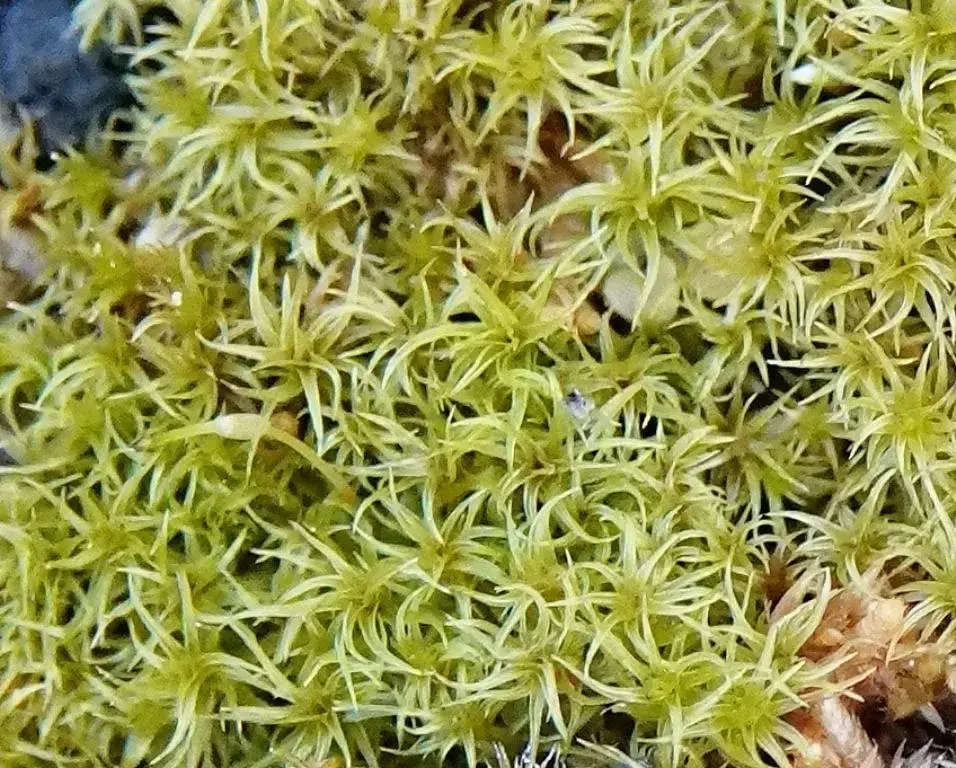
46690187.jpg from: https://waarneming.nl/waarneming/view/234610723?_popup=1
Introduction
In the vast and captivating world of bryophytes, one tiny moss species stands out as a true marvel – the Didymodon vinealis (Brid.) R.H.Zander. Belonging to the Pottiaceae family and commonly known as Didymodon, this unassuming plant has captured the hearts of moss enthusiasts worldwide with its resilience and unique adaptations.
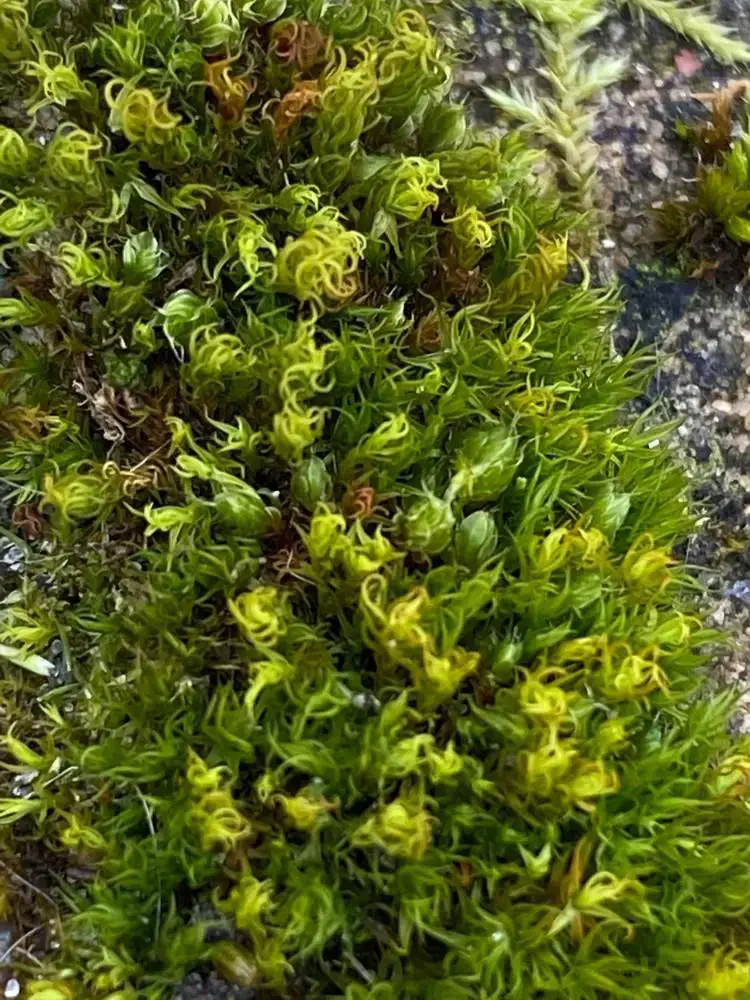
25169120.jpg from: https://waarneming.nl/observation/186598008/
Background
Before delving into the intricacies of this remarkable moss, let’s set the stage. Bryophytes, which include mosses, liverworts, and hornworts, are among the oldest and most primitive land plants on Earth. These diminutive yet fascinating organisms have played a crucial role in the evolution of terrestrial ecosystems, paving the way for more complex plant life to thrive.
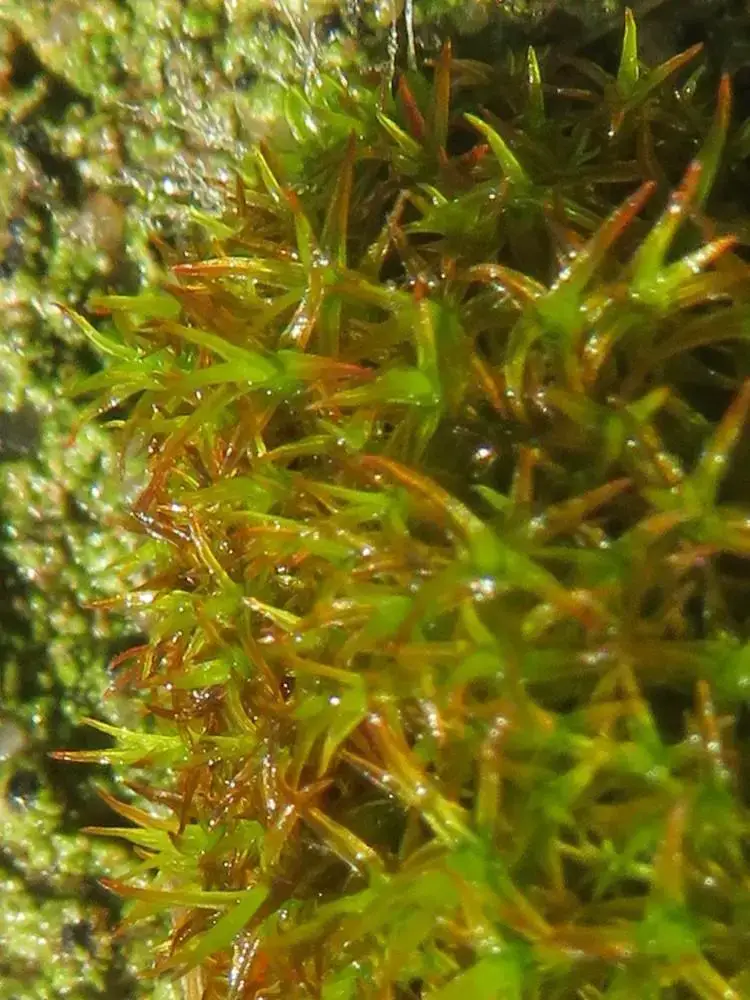
46691491.jpg from: https://waarneming.nl/waarneming/view/234612794?_popup=1
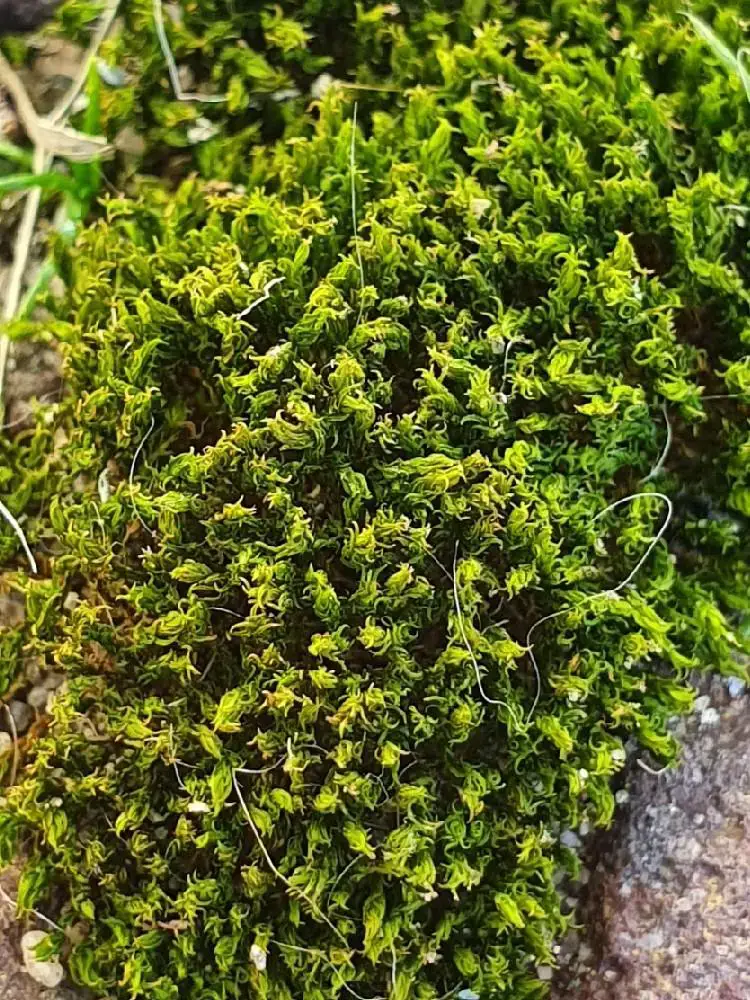
46698719.jpg from: https://waarneming.nl/waarneming/view/234633593?_popup=1
Main Content
Morphology and Identification
Didymodon vinealis is a small, acrocarpous moss that forms dense, cushion-like tufts or mats. Its leaves are lanceolate to ovate-lanceolate, with a distinctive costa (midrib) that extends beyond the leaf apex, forming a short awn or hair-like projection. The
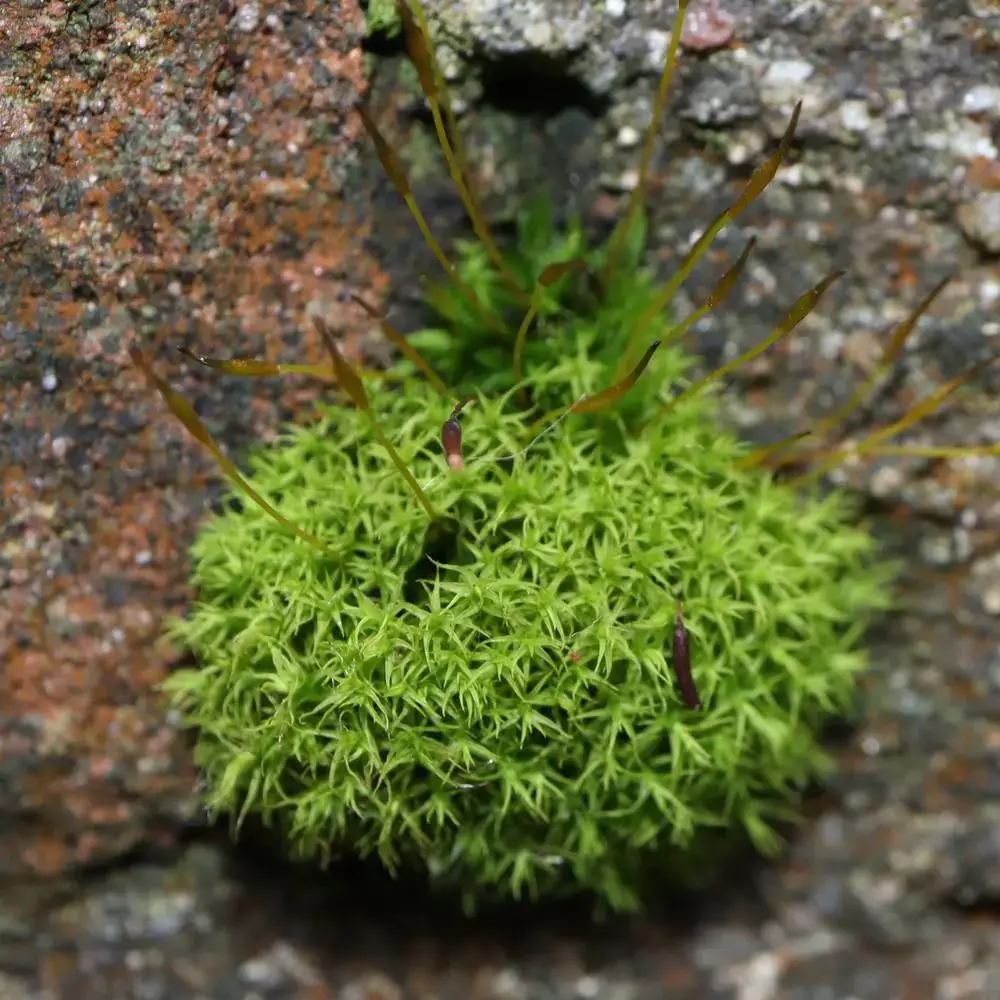
46082470.jpg from: https://waarneming.nl/waarneming/view/232933444?_popup=1
capsules, which contain the spores, are
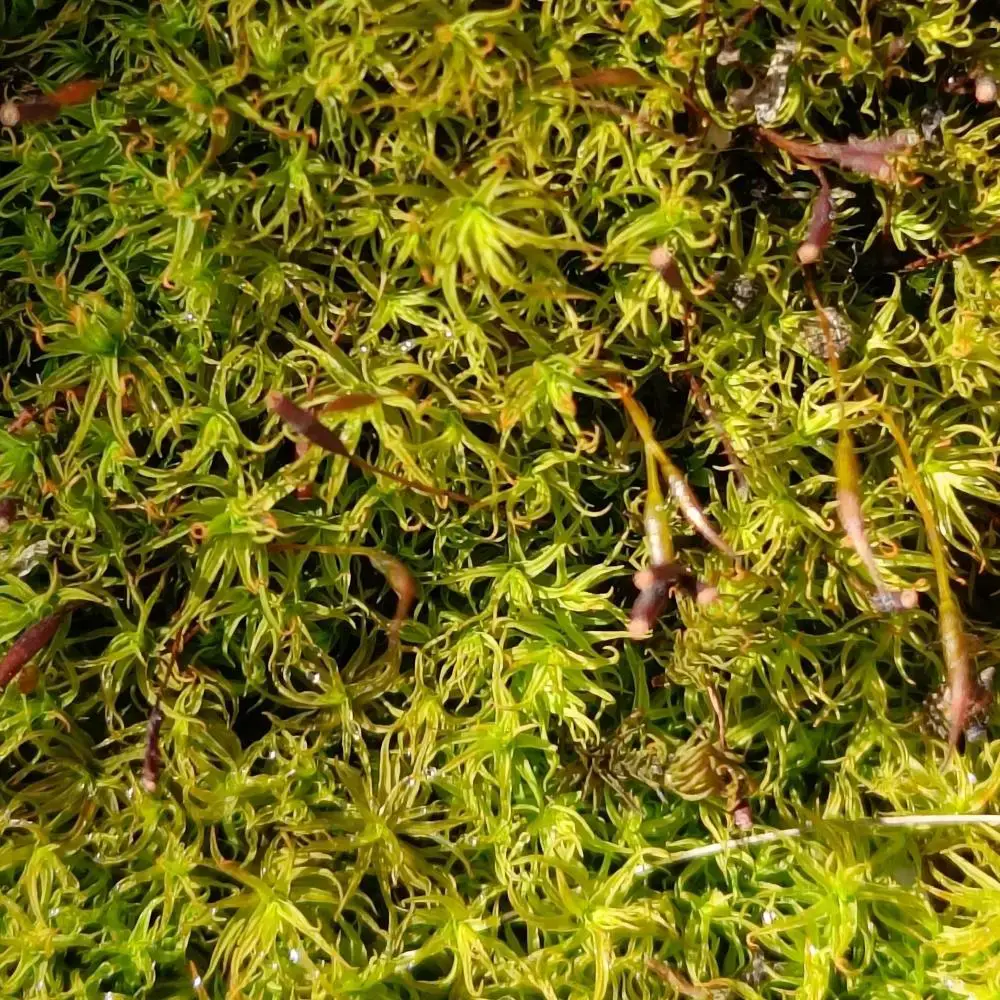
47016876.jpg from: https://waarneming.nl/waarneming/view/235571798?_popup=1
erect and cylindrical, often with a reddish tinge when mature.
One of the key identifying features of Didymodon vinealis is its twisted and contorted peristome (the fringe-like structure surrounding the capsule mouth). This unique characteristic sets it apart from other members of the Pottiaceae family and aids in its identification.
Global Distribution and Habitat
Didymodon vinealis is a cosmopolitan species, meaning it can be found on almost every continent. It thrives in a wide range of habitats, from calcareous (limestone-rich) soils and rocks to disturbed areas, such as old quarries, roadsides, and even urban environments. This moss is particularly adept at colonizing dry, exposed surfaces, showcasing its remarkable ability to adapt to harsh conditions.
Ecological Roles and Adaptations
Despite its diminutive size, Didymodon vinealis plays a vital role in various ecosystems. As a pioneer species, it helps stabilize and enrich soils, creating favorable conditions for other plants to establish themselves. Additionally, this moss serves as a microhabitat for numerous tiny invertebrates, contributing to the overall biodiversity of its surroundings.
One of the most fascinating aspects of Didymodon vinealis is its ability to withstand extreme desiccation (drying out) and rapidly rehydrate when moisture becomes available. This remarkable adaptation, known as poikilohydry, allows the moss to survive in arid environments and bounce back to life after prolonged periods of drought.
Case Studies/Examples
In a recent study conducted in the Mojave Desert, researchers discovered Didymodon vinealis thriving on the sun-baked rocks and soil. This moss’s ability to withstand the harsh desert conditions and rapidly rehydrate after rare rainfall events showcased its incredible resilience and adaptability.
Technical Table
| Characteristic | Description |
|---|---|
| Family | Pottiaceae |
Genus
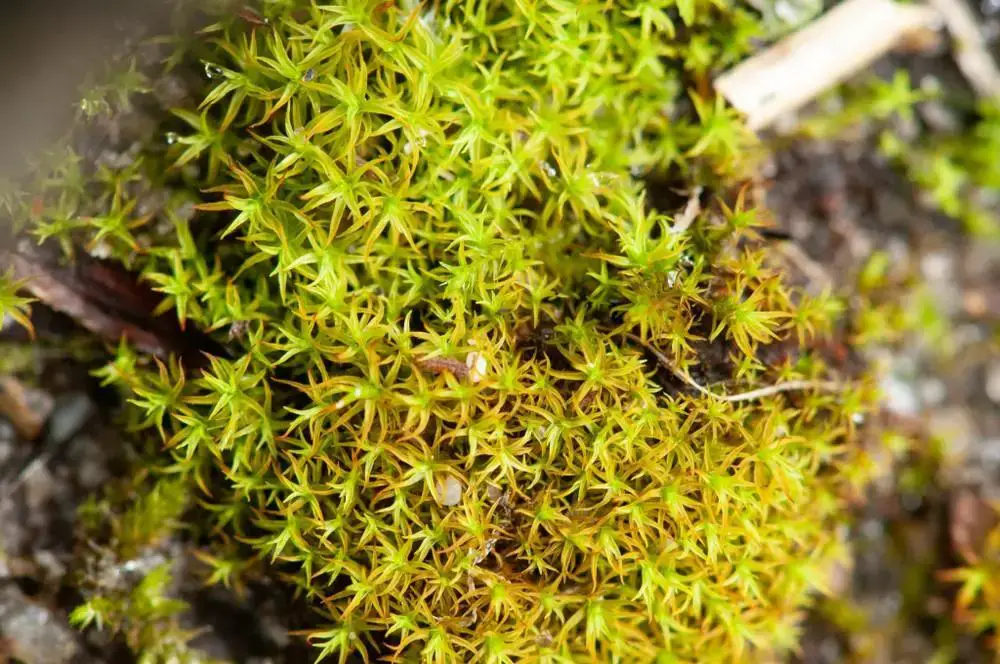 33845621.jpg from: https://waarneming.nl/waarneming/view/208873864?_popup=1 |
Didymodon |
| Species | Didymodon vinealis (Brid.) R.H.Zander |
Growth Form
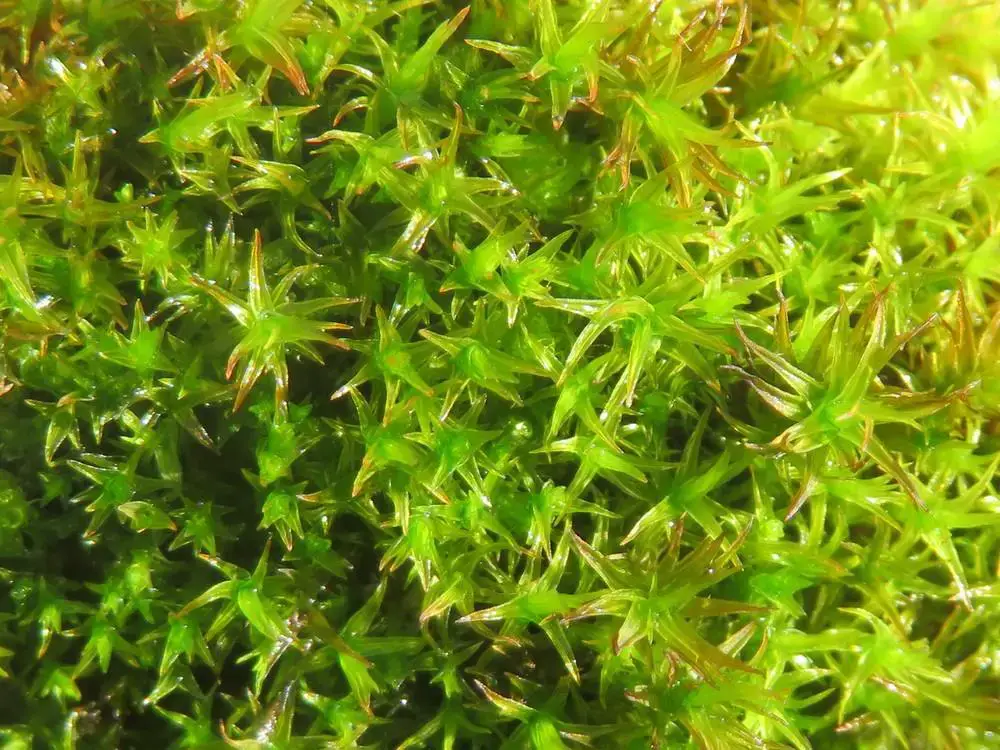 46732000.jpg from: https://waarneming.nl/waarneming/view/234731552?_popup=1 |
Acrocarpous, cushion-like tufts or mats |
| Leaf Shape | Lanceolate to ovate-lanceolate |
| Leaf Apex | Costa extending beyond leaf apex, forming a short awn |
| Capsule | Erect, cylindrical, often reddish when mature |
| Peristome | Twisted and contorted |
| Habitat | Calcareous soils, rocks, disturbed areas |
| Distribution | Cosmopolitan |
| Adaptations | Poikilohydry (desiccation tolerance) |
Conclusion
The Didymodon vinealis (Brid.) R.H.Zander moss, a member of the Pottiaceae family and commonly known as Didymodon, is a true testament to the resilience and adaptability of
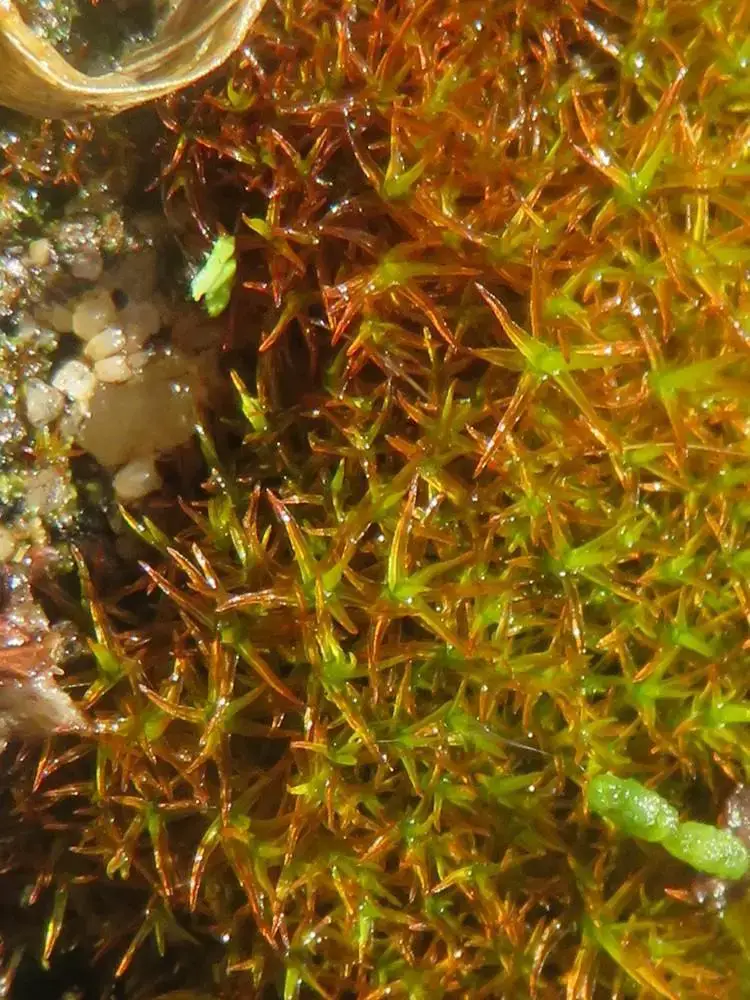
46692387.jpg from: https://waarneming.nl/waarneming/view/234614690?_popup=1
bryophytes. From its unique morphological features to its remarkable ability to withstand extreme desiccation, this unassuming plant continues to captivate moss enthusiasts worldwide. As we delve deeper into the world of bryophytes, one can’t help but wonder: What other extraordinary adaptations and ecological roles await discovery in these ancient and often overlooked organisms?
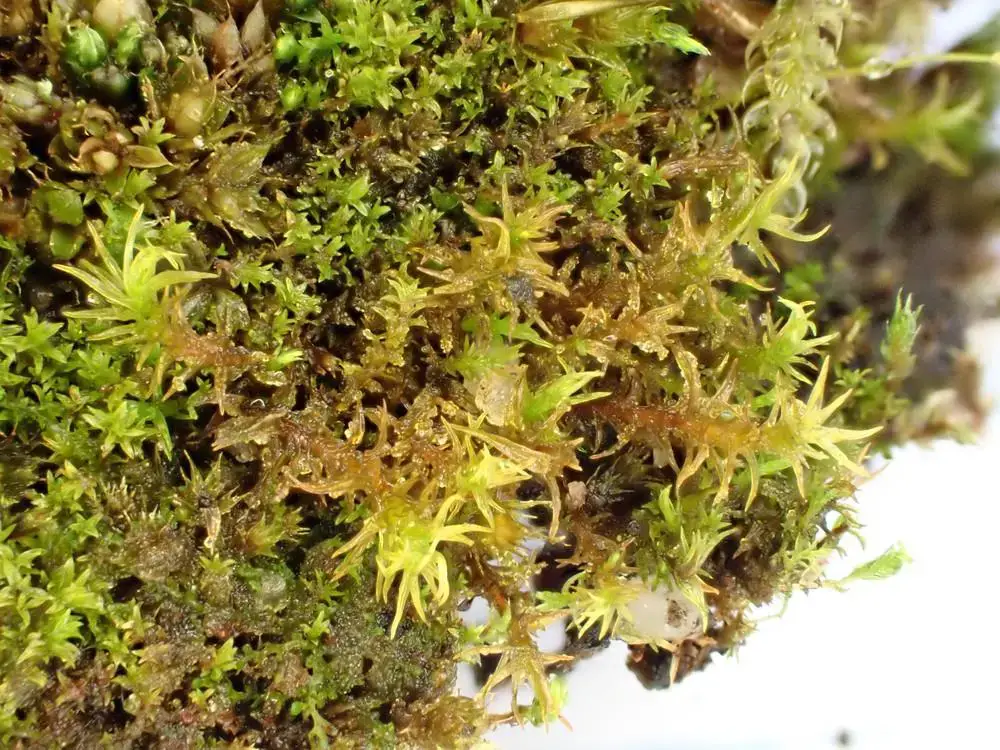
46174156.jpg from: https://waarneming.nl/waarneming/view/233171862?_popup=1